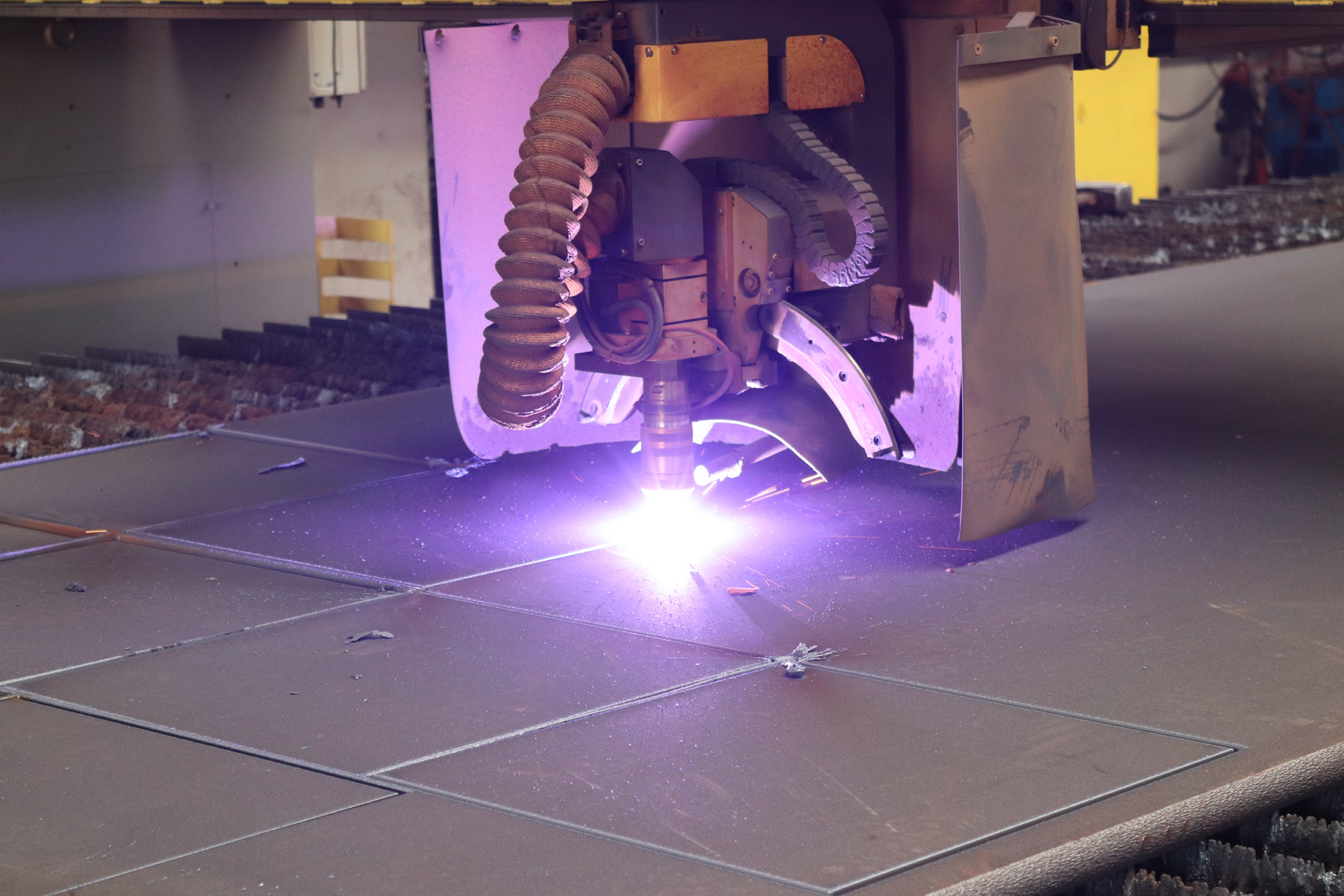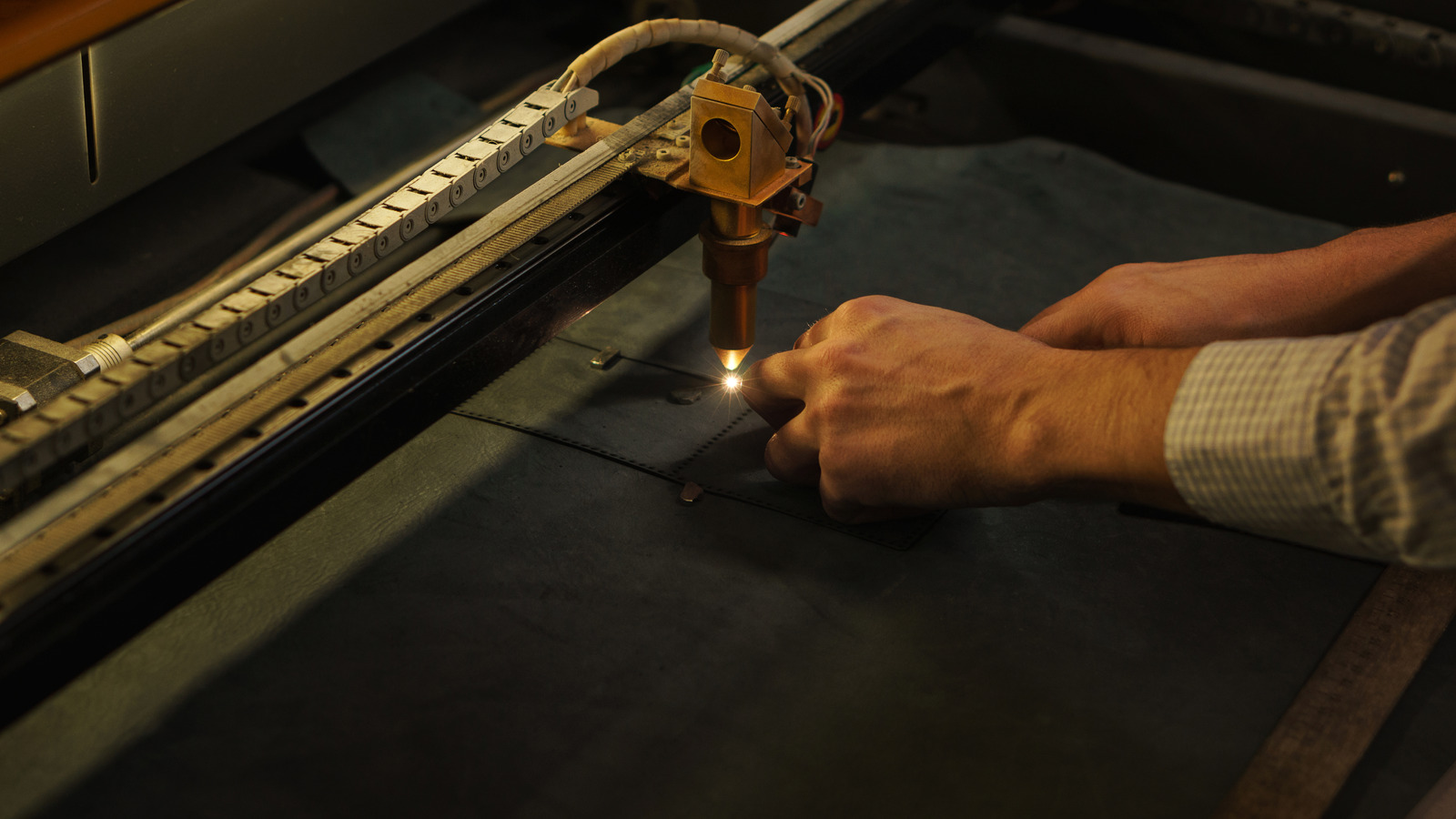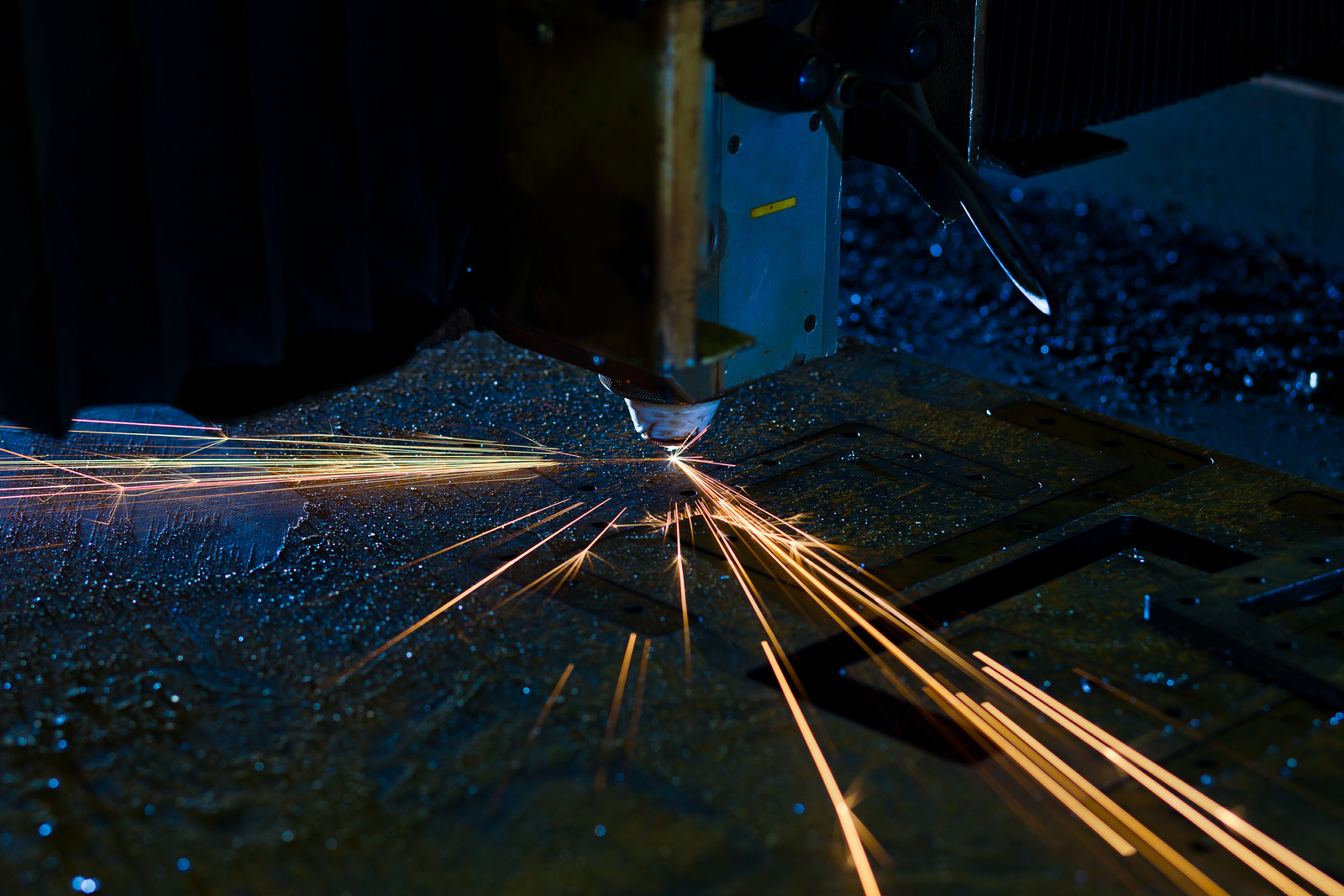Laser cutting of aluminium is a popular and cost-effective method for producing complex shapes out of aluminium sheets. This process is made possible by the use of different types of lasers which serve different purposes depending on the application. Understanding the different types of lasers used for aluminium laser cutting will enable you to make the best decisions when considering what technique to use. In this article, we will discuss the different lasers that can be used to cut aluminium and the different applications they are suitable for.
Different Laser Types and Their Applications
CO2 Lasers
CO2 lasers are the most commonly used type of lasers for laser cutting aluminum. These lasers use a combination of carbon dioxide, helium, and nitrogen and have a power output of up to 8 kW. CO2 lasers are ideal for cutting thin aluminum sheet metal, as they have a very high laser power and are able to achieve a quality finish on thin materials.
However, as aluminum gets thicker, the power of the laser has to increase in order to cut through it accurately. This means that for thick aluminum, CO2 lasers are not always the best choice.
Nd:YAG Lasers
and Nd:YAG lasers are the most common type of lasers used for cutting through thick aluminium and other metals. Nd:YAG stands for Neodymium-doped Yttrium Aluminium Garnet and is a type of synthetic crystal that is used to create the laser beam which is then focused through a lens to cut through material. The laser beam produced by Nd:YAG lasers is highly intense and typically has a higher power than other laser types such as CO2 lasers.

Benefits of Aluminium Laser Cutting
Increased Efficiency
. When it comes to laser cutting aluminum, the efficiency of the cutting process largely depends on the type of laser used. Fiber lasers are known for their ability to cut metal quickly and accurately.
They use focused, high power laser beams to make precise cuts with minimal heat deformation. The higher the power of the fiber laser, the thicker the aluminum it can cut through. Co2 lasers are also commonly used for aluminum laser cutting.
They have the ability to deliver finely controlled cuts and are great for intricate and detailed projects.
Low Cost
When it comes to aluminium laser cutting, one of the main advantages of this process is its affordability. Depending on the type of laser used, the amount of power required and the thickness of the aluminum material overall, cost can be kept at a minimum. Low-cost lasers are usually made up of CO2 and pure nitrogen lasers, which are both very affordable and provide a pretty good balance between speed and cutting accuracy.
Reduced Waste
When it comes to cutting aluminum, one of the greatest benefits of laser cutting is its ability to reduce waste. It is much more accurate than traditional cutting methods, allowing for precision cuts that use the exact amount of material needed. This reduces the amount of scrap materials left over and associated costs that would otherwise occur.
The type of laser used to cut aluminum affects the amount of waste that is produced. There are several different types of lasers used for laser cutting aluminum, including fiber lasers, CO2 lasers, pure nitrogen lasers, and more.
Improved Quality
When it comes to understanding the different lasers used for aluminium laser cutting, the quality of the cut is an important factor to consider. Using improved laser technology can vastly improve the quality of aluminium laser cutting. Fiber lasers are often used for laser cutting aluminium because they can cut metal faster than traditional Co2 and pure nitrogen lasers.
The higher the power, the faster the cut. However, the thicker the aluminum it needs to cut, the more power the laser needs. Fiber lasers are capable of both high-power and high-speed cutting, enabling them to efficiently and accurately cut through the toughest materials.
Another benefit of fibre lasers is that they are capable of cutting at very high laser power.
Can you laser engrave aluminum with a diode laser?
When it comes to understanding the different lasers used for aluminium laser cutting, one of the most commonly asked questions is whether or not you can laser engrave aluminum with a diode laser. The answer to this is no; a diode laser does not possess enough power to effectively engrave aluminum. When it comes to laser cutting aluminum, fiber lasers cut metal faster, with greater precision and accuracy than both CO2 and pure nitrogen lasers.
The higher the power of a fiber laser, the thicker the aluminum it can be able to cut. But even with high powered fiber lasers, the power of the laser still defines the maximum thickness of material it can cut through.
Can you cut aluminium with a CO2 laser?
Yes, you can cut aluminium with a CO2 laser. However, it is not the optimal choice for working with the metal. CO2 lasers require a lot more laser power to cut through aluminum than pure nitrogen lasers, and the higher the power of the laser, the thicker the aluminum it can cut.
Fibre lasers are preferable for cutting aluminium, as they are far more efficient at producing higher power more quickly, and they cut metal faster. The laser power is key, as it defines the maximum thickness of material it can cut through. Fibre lasers are particularly effective for cutting thicker aluminium panels, often cutting sheets up to 1 inch thick.
Can a 10w laser cut aluminum?
. Understanding the Different Lasers Used for Aluminium Laser Cutting When it comes to laser cutting aluminum, there are various technologies available on the market. The most common include CO2, Fiber and Pure Nitrogen lasers.
Each type of laser has pros and cons and choosing the right laser for the job requires an understanding of the capabilities each technology offers.
Conclusion
Summary of the Different Types of Lasers Used for Aluminium Laser Cutting
In conclusion, when it comes to understanding the different types of lasers used for aluminium laser cutting, it is important to consider the type of laser being used, the amount of laser power available, and the thickness of the aluminum it is trying to cut. Fiber lasers put out a lot of power and therefore cut metal faster than the other types of lasers; however, they can only cut through relatively thin metals. CO2 lasers are a popular choice due to their versatility, as they are capable of cutting through both thin and thick aluminum.
Advantages of Using Aluminium Laser Cutting
Using aluminium laser cutting has several distinct advantages compared to traditional cutting methods. One of the most important benefits is that it is much faster than traditional methods. This is because the laser is able to burn or melt aluminum quicker than it would through mechanical cutting.
The higher the power of the laser, the faster the cutting process will be. Another advantage of using a laser cutter for aluminum is that the thickness of material it can cut through can be determined by the laser’s power.


